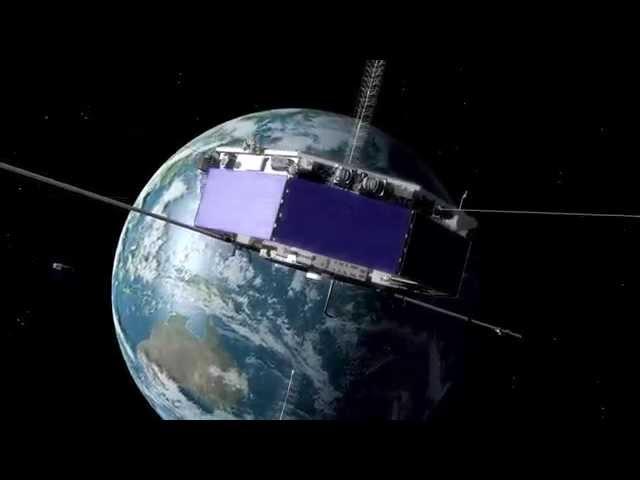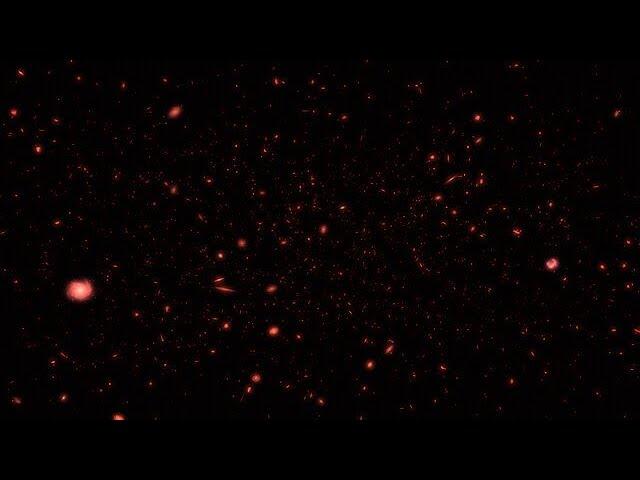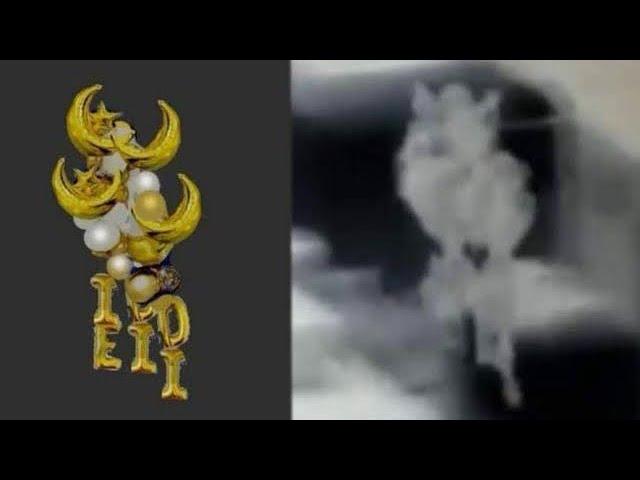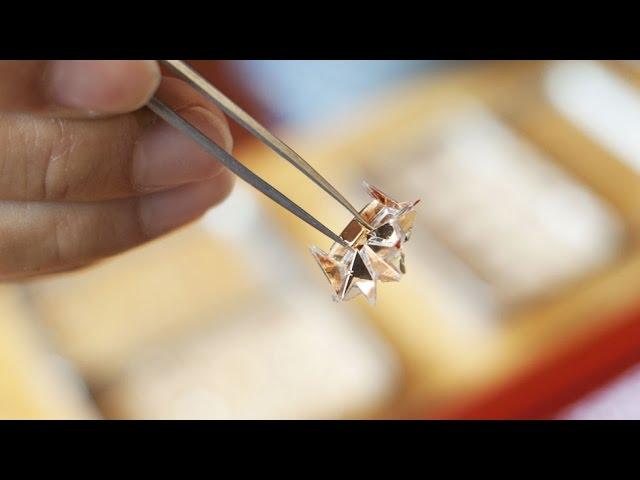Maybe Self-Replicating Robot Probes are Destroying Each Other. That’s Why We Don’t See Them
Description
It's a crazy Universe.
God Bless everyone,
T
https://www.paypal.me/thornews
mail
5430 Birdwood Rd. #416
Houston, Texas 77096
Maybe Self-Replicating Robot Probes are Destroying Each Other. That’s Why We Don’t See Them
During the 1940s, Hungarian-American scientist John von Neumann developed a mathematical theory for how machines could endlessly reproduce themselves. This work gave rise to the idea of “von Neumann probes“, a class of self-replicating interstellar probes (SRPs) that could be used to do everything from exploring the Universe to seeding it with life and intervening in species evolution.
Some have naturally suggested that this be a focus SETI research, which would entail looking for signs of self-replicating spacecraft in our galaxy. But as is always the case with proposals like these, the Fermi Paradox eventually reasserts itself by asking the age-old question – “Where is everybody?” If there are alien civilizations out there, why haven’t we found any evidence of their SRPs?
According to a Duncan H. Forgan, a research fellow at the University of St. Andrews’ Center for Exoplanet Science in the UK, the answer could be that these probes eventually devolve into predator probes (aka. beserkers) and end up destroying themselves. Forgan presented this argument in a study, titled “Predator-Prey Behaviour in Self-Replicating Interstellar Probes“, that recently appeared in pre-print online.
The idea of self-replacing machines is a time-honored one, with references dating back to 17th century philosopher René Descartes. According to a popular anecdote, Descartes related to Queen Christina of Sweden that the human body was essentially a machine. The queen then allegedly pointed to a nearby clock and ordered Descartes, “see to it that it reproduces offspring.”
However, it was John von Neumann who first proposed a conceptual framework for a kinematic machine that would be capable of self-replicating itself. During a series of lectures he delivered in 1948 and 1949, he shared his concept for a machine that used a stockroom of spare parts to build identical machines based on a program stored in a memory tape.
Once complete, the assembler would copy the contents of its memory tape onto that of the duplicate, which would then begin building another machine based on the same identical design. These ideas would later be popularized in an article that appeared in a 1955 issue of Scientific American, titled “Man Viewed as a Machine” (written by another famous Hungarian-American scientist, John G. Kemeny).
Von Neumann would later refine this proposal by developing a model for a self-replicator based on automatons that functioned at the cellular level, replicating themselves exponentially and infinitely. Richard Feynman would expand on this idea with his lecture at the American Physica














